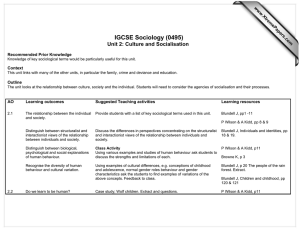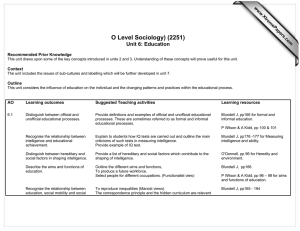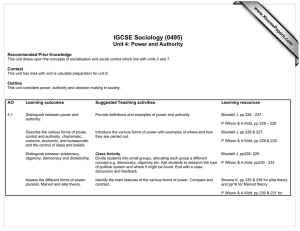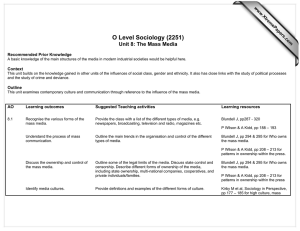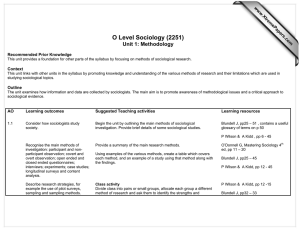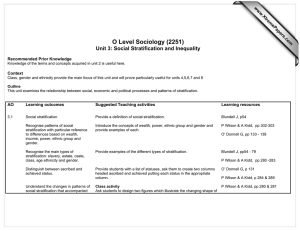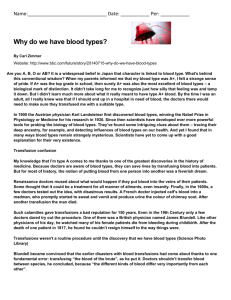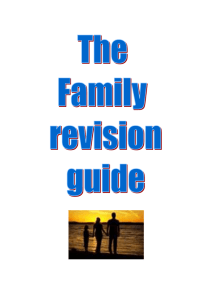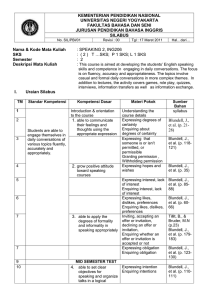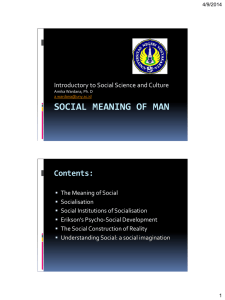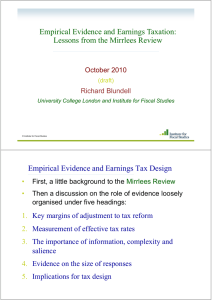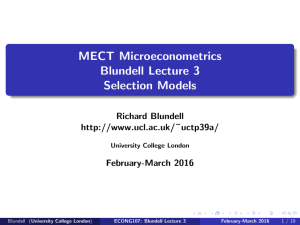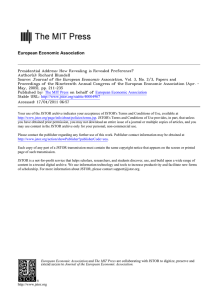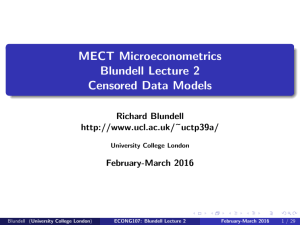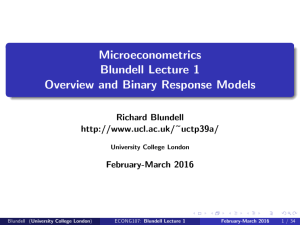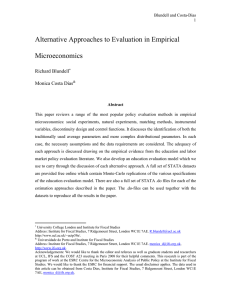O Level Sociology (2251) Unit 2: Culture and Socialisation www.XtremePapers.com
advertisement
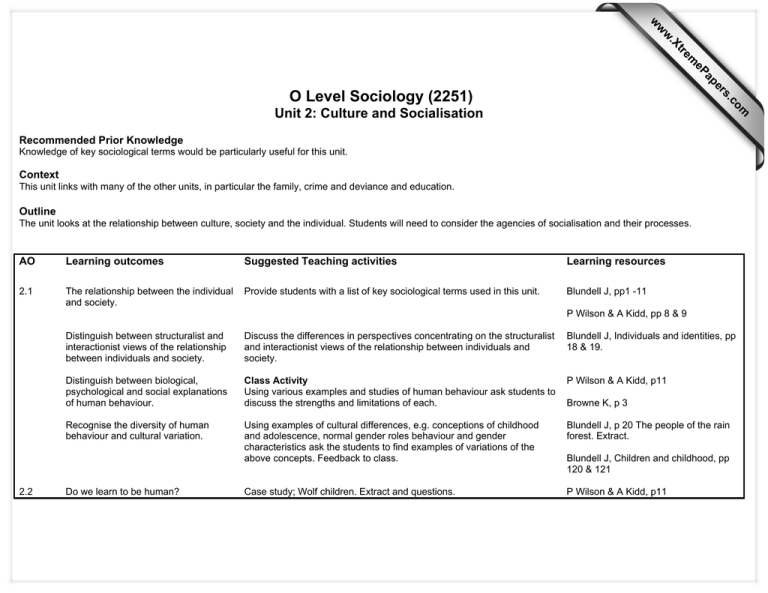
s er ap eP m e tr .X w w w om .c O Level Sociology (2251) Unit 2: Culture and Socialisation Recommended Prior Knowledge Knowledge of key sociological terms would be particularly useful for this unit. Context This unit links with many of the other units, in particular the family, crime and deviance and education. Outline The unit looks at the relationship between culture, society and the individual. Students will need to consider the agencies of socialisation and their processes. AO Learning outcomes Suggested Teaching activities Learning resources 2.1 The relationship between the individual and society. Provide students with a list of key sociological terms used in this unit. Blundell J, pp1 -11 P Wilson & A Kidd, pp 8 & 9 2.2 Distinguish between structuralist and interactionist views of the relationship between individuals and society. Discuss the differences in perspectives concentrating on the structuralist and interactionist views of the relationship between individuals and society. Blundell J, Individuals and identities, pp 18 & 19. Distinguish between biological, psychological and social explanations of human behaviour. Class Activity Using various examples and studies of human behaviour ask students to discuss the strengths and limitations of each. P Wilson & A Kidd, p11 Recognise the diversity of human behaviour and cultural variation. Using examples of cultural differences, e.g. conceptions of childhood and adolescence, normal gender roles behaviour and gender characteristics ask the students to find examples of variations of the above concepts. Feedback to class. Blundell J, p 20 The people of the rain forest. Extract. Case study; Wolf children. Extract and questions. P Wilson & A Kidd, p11 Do we learn to be human? Browne K, p 3 Blundell J, Children and childhood, pp 120 & 121 Puppy boy extract. Blundell J, p 2 Discuss the processes of learning and socialisation. Provide examples to illustrate the social construction of learning and socialisation. Examples of so-called 'feral' children might be used here and discussion of Aries' work on childhood would also be relevant. P Wilson & A Kidd, p11 Distinguish between primary and secondary socialisation. List the agencies and processes of primary and secondary socialisation. Class Activity In small groups ask students to come up with examples of primary and secondary socialisation and link them to the appropriate areas. Blundell J, pp 8 & 9 Recognise the differences between conformity and non-conformity. Provide examples of conformity and non-conformity. Ask students to come up with their own illustrations by, for instance, identifying relevant examples from newspaper stories. Blundell J, pp 12 & 13 Recognise the agencies and processes of social control. Provide examples of how the different agencies persuade or force individuals to conform. Blundell J, pp 12 & 13 Define the terms culture and subculture; norms, values, beliefs and ideology Provide a list of terms and their definitions, ask students to think of examples of each term. Blundell J. Glossary of terms p 22 Define the terms role; age; gender ethnic group and class as categories in the social construction of differences. Class Activity Ask students to come up with at least one example of each term; e.g. role/mother, age/adulthood, gender/male, ethnic group/afro-Caribbean, class/working class. Class feedback and discussion. P Wilson & A Kidd, p 10 P Wilson & A Kidd, pp 8 & 9 Blundell J, pp 18 & 19
